Pilates in Physiotherapy
What is Pilates?
Pilates is a full-bodied approach, with a specific set of exercises - some on the mat, some on equipment - that promote strength, mobility, and ease of movement. Pilates trains dynamic core stability, and helps you move more efficiently.
So What is Clinical Pilates?
In the simplest sense, Clinical Pilates is Pilates that has been “physio-fied”, meaning it is a Pilates session with a Physiotherapist! Physiotherapists can pursue additional training in order to offer this approach to their clients, similar to other courses physios might do to expand their skill set, such as strength and conditioning, manual therapy, or functional dry needling.
Pilates becomes another tool in your Physiotherapist's tool belt when performing an assessment, and when developing a treatment plan that is right for you. Clinical Pilates can assess and treat dynamic core stability, which is more than just abdominal strength! Pilates helps challenge the deep stabilizing muscles, which can often be difficult to train.
I am currently taking courses in Clinical Pilates, and it is already making its way into how I treat patients. Even if you do not have access to the equipment, there are several exercises on the mat, or using small props, that your Clinical Pilates physio can provide to you.
Who is it for?
I may be biased here, but I think Clinical Pilates is for everybody! If you’ve looked Pilates up online, you may have been intimidated, and some of the exercises can certainly be challenging. However, there are ways to modify the exercises and add assistance or support to meet you where you’re at, and in several of the exercises, the springs on the machine actually assist you with the movement. In fact, did you know that the Cadillac (one of the pieces of equipment) was originally designed to be around a hospital bed, allowing patients to do exercises even if they were unable to get out of bed? On the other end of the spectrum, some of the exercises are definitely challenging enough for high level athletes and dancers, and can optimize your performance in your sport or art form. This is what I think makes Clinical Pilates a great choice for everybody!
How is Clinical Pilates integrated into physio?
Although you can access Pilates classes in many different contexts (at a Pilates studio, community recreation centre, or gym), these will often be group classes, meaning they are designed for a wide variety of individuals who all have different abilities, challenges and interests. Your Physiotherapist will use Clinical Pilates during the initial assessment to draw out specific movement imbalances that can get overlooked in a non-Pilates Physiotherapy assessment.
Your Clinical Pilates physio will then use the repertoire of Pilates exercises to build a program catered to you. Clinical Pilates can involve using the Pilates equipment if it is available at your clinic, but your Physio will provide you with a home exercise program that you can do on the mat. They will choose exercises and adapt them to be specific to you and what you are dealing with or working on (from reduced mobility to the lasting effects of a stroke to recovering from an ankle sprain). Even if you don’t currently have an injury, but are simply looking to tease out movement imbalances to optimize your performance as a dancer or athlete, Clinical Pilates can help!
Your Clinical Pilates physiotherapist has all the skills of a physiotherapist to assess, diagnose, and treat your condition, and will use their additional 'Pilates brain' to draw from the vast repertoire and approach of Pilates to build your program.
If you have questions about Clinical Pilates, please get in touch with us!
Written by: Kate Stashko, MScPT, STOTT® Pilates Certified Instructor






